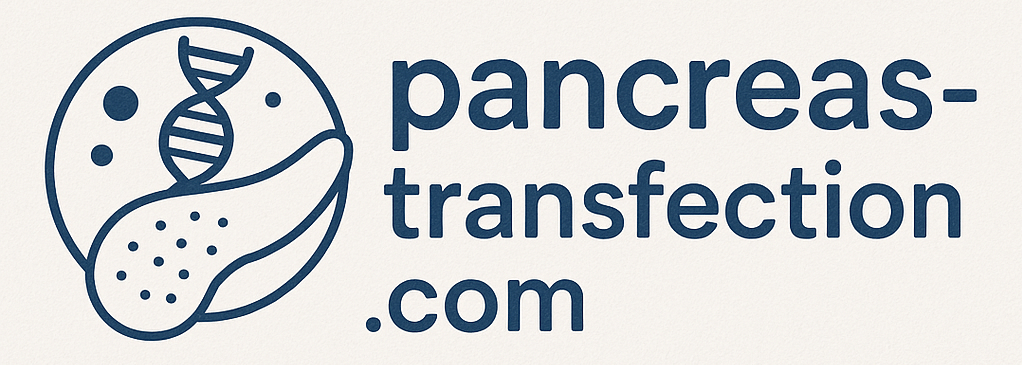Diabetes
Diabetes introduction
Diabetes is a chronic condition that affects the body’s ability to process blood sugar. There are two main types of diabetes, type 1 and type 2. Type 1 diabetes, also known as juvenile diabetes, is a condition in which the body does not produce enough insulin. Type 2 diabetes, also known as adult-onset diabetes, is a condition in which the body does not produce enough insulin or does not use insulin properly.
Diabetes types overview
Type 1 diabetes is usually diagnosed in children, adolescents, or young adults. With type 1 diabetes, the body does not produce insulin. Insulin is a hormone that is needed to convert sugar (glucose), starches, and other food into energy needed for daily life. Type 1 diabetes is also known as insulin-dependent diabetes. People with type 1 diabetes must take insulin every day to live.
Type 2 diabetes is the most common type of diabetes. It usually develops in adulthood, but children, adolescents, and young adults are now being diagnosed with type 2 diabetes. With type 2 diabetes, the body does not make or use insulin well. Insulin is a hormone needed to convert sugar (glucose), starches, and other food into energy needed for daily life. Type 2 diabetes is also known as non-insulin-dependent diabetes. People with type 2 diabetes may need to take pills or insulin to control their diabetes.
Risk factors for diabetes
There are a number of risk factors for diabetes, including obesity, family history, sedentary lifestyle, and high blood pressure. People with diabetes are also at increased risk for heart disease, stroke, and other serious health problems.
Obesity is the most significant risk factor for type 2 diabetes. People who are obese are more than twice as likely to develop type 2 diabetes as people of normal weight. Family history is also a significant risk factor for diabetes. People with a family history of the disease are more than twice as likely to develop diabetes as people without a family history of the disease.
A sedentary lifestyle is another important risk factor for diabetes. People who are inactive are more likely to develop diabetes than people who are active. People with high blood pressure are also at increased risk for diabetes.
Symptoms of diabetes
There are a variety of symptoms that can be associated with diabetes. These can include feeling very thirsty, urinating often, feeling very tired, unexplained weight loss, sores that do not heal, and blurred vision. If you have any of these symptoms, it is important to see your doctor right away, as they could be indicative of diabetes.
Diagnosing diabetes
There are a few different ways to diagnose diabetes. The most common way is to have a fasting blood sugar test. This involves not eating or drinking anything except water for 8 hours and then having a blood test. If your blood sugar is over 126, you have diabetes.
Another way to diagnose diabetes is to have an A1c test. This test measures your average blood sugar over the past 3 months. If it is over 6.5%, you have diabetes.
If you have symptoms of diabetes, such as increased thirst, urinating a lot, and feeling very tired, your doctor may also do a test called a glucose tolerance test. This involves drinking a sugary drink and then having your blood sugar checked every hour for the next 3 hours. If your blood sugar is high during this test, you may have diabetes.
If you have diabetes, it is important to see your doctor regularly. They will help you manage your diabetes and prevent complications.
Treating diabetes
There are a number of ways to treat diabetes, and the approach that a person takes will depend on the severity of their condition. For those with mild diabetes, making lifestyle changes, such as eating a healthier diet and getting more exercise, can be enough to manage the condition. More severe cases may require medication, such as insulin, to keep blood sugar levels under control.
Making lifestyle changes is often the first step in managing diabetes. Eating a healthy diet and getting regular exercise can help to keep blood sugar levels in check. For some people, this may be enough to manage their condition. However, others may need to take medication, such as insulin, to keep their blood sugar levels under control.
No matter what approach a person takes to manage their diabetes, it is important to work with a healthcare team to create a plan that is right for them.
Complications of diabetes
There are a number of potential complications that can arise as a result of diabetes. These include both short-term and long-term complications. Short-term complications can include things like hypoglycemia (low blood sugar) or ketoacidosis (a build-up of acids in the blood). Long-term complications can include things like heart disease, stroke, kidney disease, nerve damage, and eye problems. The best way to avoid these complications is to keep your blood sugar under control. This means following your treatment plan and taking your medication as prescribed.
